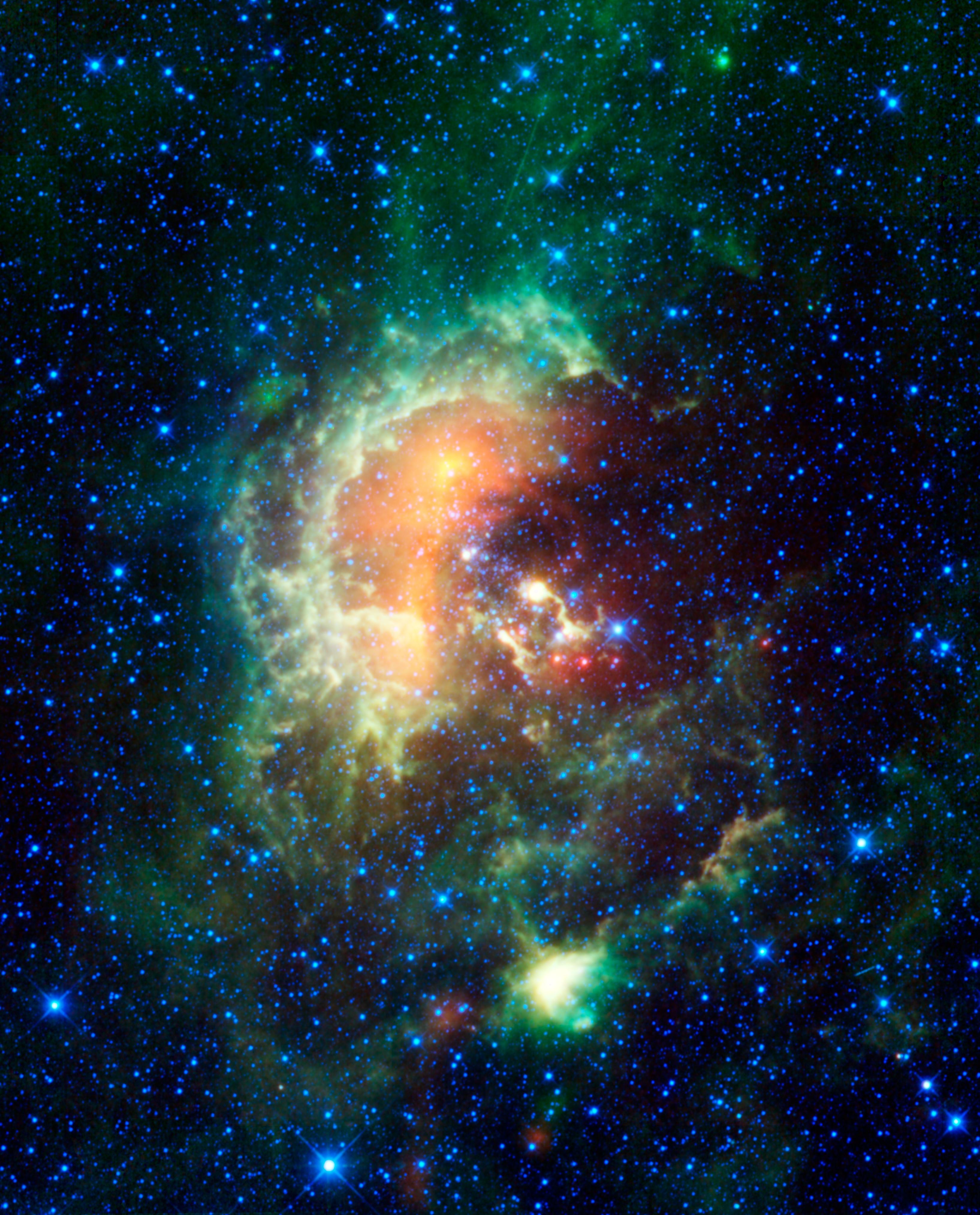Please login in order to download photos in full size
If you are not registered, please register for free: www.Free-Photos.biz/register
Please note to download premium images you also need to join as a free member..
You can also save the photos without the registration - but only in small and average sizes, and some of them will have the site's watermark. Please simply click your right mouse button and save the image.
Please login in order to like photos
If you are not registered, please register for free:
Sorry, non-members can download up to 1100 full-size photos per month.
It looks like you have used up your limit.
Free members can download an unlimited number of full-size photos - including the premium free photos.
Join as a member today for FREE! - and download the images without limitations:
www.Free-Photos.biz/membership.php
You can also save the images without the membership - but only in small and average sizes, and some of them may have the site's watermark. Please simply click your right mouse button and save the image.

|
This is a premium free photo
This photo was viewed 2 times and was downloaded in full size 1 times.
This photo was liked 0 times
If you are a member, please login in order to see the source link of the above image.
Summary
| Description |
English: As WISE scanned the sky, capturing this mosaic of stitched-together frames, it happened to catch an asteroid in our Solar System passing by. The asteroid, called 1719 Jens, left tracks across the image, seen as a line of yellow-green dots near centre. A second asteroid, designated 1992 UZ5, was also observed cruising by near the upper left.
But that's not all that WISE caught in this busy image -- two satellites orbiting Earth above WISE streak through the image, appearing as faint green trails. The apparent motion of asteroids is slower than satellites because asteroids are much more distant, and thus appear as dots that move from one WISE frame to the next, rather than streaks in a single frame. This Tadpole region is chock-full of stars with ages as young as only a million years -- infants in stellar terms -- and masses over ten times that of our Sun. It is called the Tadpole nebula because the masses of hot young stars are blasting out ultraviolet radiation that has etched the gas into two tadpole-shaped pillars, called Sim 129 and Sim 130. These "tadpoles" appear as the yellow squiggles near the centre of the frame. The knotted regions at their heads are likely to contain new young stars. |
| Date | |
| Source | WISE |
| Author | NASA/JPL-Caltech/WISE Team |
Twenty-five frames of the region, taken at all four of the wavelengths detected by WISE, were combined into this one image. The space telescope caught the 1719 Jens in 11 successive frames. Infrared light of 3.4 microns is color-coded blue: 4.6-micron light is cyan; 12-micron-light is green; and 22-micron light is red.
Licensing
| This file is in the public domain because it was solely created by NASA. NASA copyright policy states that "NASA material is not protected by copyright unless noted". (See Template:PD-USGov, NASA copyright policy page or JPL Image Use Policy.)
|
|
 |
Warnings:
|
| Annotations | This image is annotated: View the annotations at Commons |
Public Domain
| EXIF data: | |
| File name | tadpole_nebula_with_asteroid.jpg |
|---|---|
| Size, Mbytes | 1.135625 |
| Mime type | image/jpeg |
While the copyright and licensing information supplied for each photo is believed to be accurate, Free-Photos.biz does not provide any warranty regarding the copyright status or correctness of licensing terms. If you decide to reuse the images from Free-Photos.biz, you should verify the copyright status of each image just as you would when obtaining images from other sources.
The use of depictions of living or deceased persons may be restricted in some jurisdictions by laws regarding personality rights. Such images are exhibited at Free-Photos.biz as works of art that serve higher artistic interests.
PRIVACY POLICY
By registering your account and/or by subscribing to new and newly rated photographs you agree we may send you the links to photos and we may occasionally share other information with you.
We do NOT disclose your personal data.



